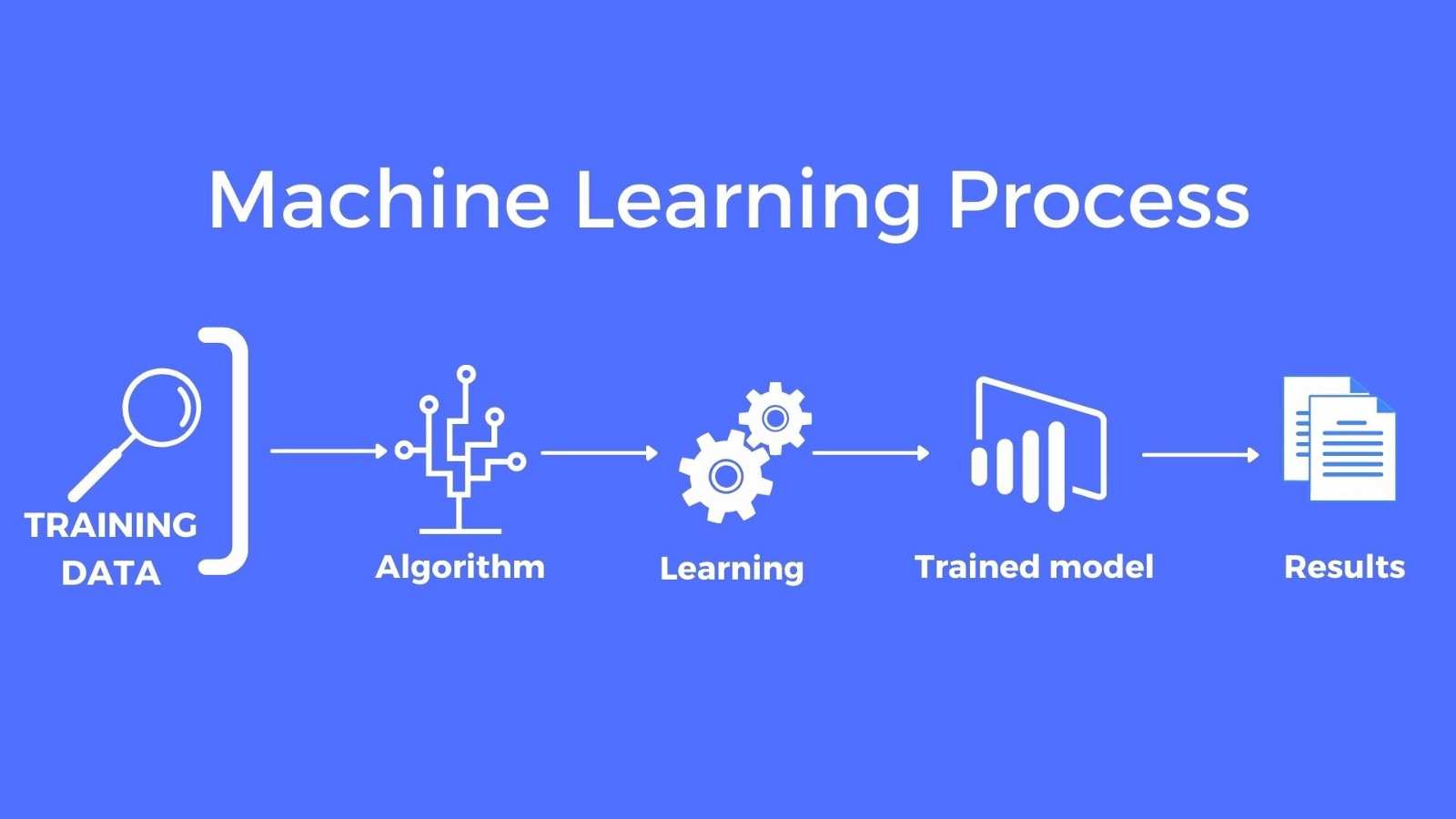Introduction
Machine learning, a rapidly growing field, has captured the interest of countless aspiring individuals. However, the question of how much time it takes to learn machine learning is common and significant. In this article, we will delve into the factors that influence the learning duration, present a recommended learning path, estimate time requirements for various learning stages, explore strategies for optimizing the learning process, and showcase valuable learning resources and platforms. Whether you’re a beginner or seeking to enhance your skills, this guide will help you navigate your machine learning journey with clarity and confidence.
Table of contents
What is Machine Learning?
Machine learning is an AI discipline that empowers computers to learn and improve from experience without explicit programming. It involves algorithms that analyze data, identify patterns, and make predictions or decisions. Through iterative learning, machines adapt and optimize their performance, enabling them to handle complex tasks efficiently.
Checkout our MLCertification Course for Beginners to fastrack your upskill journey!

Factors Affecting Learning Duration
The time it takes to master ML depends on several factors. The following significant factors influence how long learning takes:
- Prior Knowledge: Individuals with a strong background in mathematics, statistics, and programming may find it easier to grasp the fundamentals of machine learning. Having prior experience in these domains can accelerate the learning process.
- Learning Commitment: The amount of time and effort dedicated to studying machine learning directly impacts learning speed. Consistent study practices, genuine interest in the subject, and regular practice are crucial in expediting learning.
- Complexity of Machine Learning: It is a vast field encompassing various subfields, techniques, and strategies. The complexity of the chosen topic or field of knowledge can influence the time required to learn. Some concepts may be more challenging to understand than others.
- Learning Style: Everyone has a unique learning style. Some prefer hands-on projects and practical applications, while others favor theoretical understanding. The time taken to learn machine learning can vary based on individual preferences and learning methods.
Time Estimates for Different Learning Stages
A well-defined learning path is crucial for embarking on a successful journey in machine learning. For those interested in exploring the world of machine learning, here is a recommended learning path:
Fundamentals of Mathematics and Statistics
Estimated Time: 1-2 months
Description: It is now essential to comprehend fundamental mathematical ideas like calculus, probability theory, and linear algebra. To understand ML algorithms, one must first understand these key concepts.
Online Resources:
- 19 MOOCs on Mathematics & Statistics for Data Science & Machine Learning
- A Guide To Complete Statistics For Data Science Beginners
- Free Must Read Books on Statistics & Mathematics for Data Science
Programming Skills
Estimated Time: 2-3 months
Description: Learning programming languages like Python and relevant libraries such as NumPy and Pandas is crucial for implementing ML algorithms. The duration may vary based on prior programming experience and the time devoted to practice.
Online Resources:
Exploratory Data Analysis
Estimated Time: 1-2 weeks
Description: This phase uses exploratory data analysis approaches to comprehend the available data. The key to effective model construction is learning to extract insights, spot trends, and preprocess the data.
Online Resources:
Machine Learning Algorithms
Estimated Time: 2-3 months
Description: ML requires knowing different algorithms, including supervised and unsupervised learning methods. Effective model selection and optimization require understanding the underlying principles, advantages, and disadvantages of various algorithms.
Online Resources:
- Top 10 ML Algorithms (with Python and R Codes)
- How to choose an appropriate ML Algorithm?
- What is Supervised Learning vs. Unsupervised Learning?
Model Evaluation and Validation
Estimated Time: 2-4 weeks
Description: The capacity to evaluate the efficacy of machine learning models and validate their accuracy is essential. Cross-validation, precision-recall curves, confusion matrices, and other learning techniques enable the evaluation and improvement of model performance.
Machine Learning Full Course | 2 -ML Projects Included | Beginner Level
Strategies to Optimize the Learning Process
To optimize the learning process and expedite the journey towards mastering ML, consider the following strategies:
- Practice and Hands-on Projects: Regularly practice coding and implement ML algorithms on real-world datasets. Hands-on projects provide invaluable experience and reinforce theoretical knowledge.
- Join Online Communities and Forums: Engage with fellow learners and professionals in ML communities and forums. Participating in discussions and seeking guidance can enhance learning and provide valuable insights.
- Follow Blogs and Online Tutorials: Stay updated with the latest advancements and best practices in ML by following reputable blogs and online tutorials. These resources can supplement formal learning and introduce practical applications.
- Participate in Hackathons: Being a part of ML hackathons will give you the confidence to work on real world problems. Participating in competitions exposes learners to diverse datasets and encourages collaboration with like-minded individuals.
How Can We Help You Learn ML?
Are you eager to dive into the Machine Learning universe but unsure where to begin or how long it might take to master this field? Our Blackbelt Course is the perfect solution to accelerate your ML learning journey.
- Comprehensive Learning Path: We offer a well-structured and comprehensive learning path that covers all essential ML concepts, algorithms, and techniques. From fundamentals to advanced topics, the course is designed to cater to learners of all levels, providing a seamless learning experience.
- Hands-on Projects: Practice is key to mastering ML. The Blackbelt Course provides hands-on projects and assignments that challenge your skills and reinforce your learning. Working on real-life datasets and problem statements helps you build a strong foundation in ML.
- Personalized Learning: Blackbelt Course offers customized learning paths, allowing you to focus on areas of interest and tailor your learning journey. It adapts to your progress, ensuring you grasp concepts at your own pace for a smooth learning experience.
- Constant Support: Receive continuous support from the Analytics Vidhya team throughout your learning journey. Whether you have doubts, technical issues, or need guidance, the support team is always ready to assist you, making learning hassle-free.
- Learning Certifications: Upon successfully completing the Blackbelt Course, earn certifications validating your ML expertise. These certifications can bolster your resume and open doors to exciting career opportunities in the ML domain.
Conclusion
In summary, machine learning takes time depending on various variables, including past knowledge, dedication to education, subject complexity, and individual learning preferences. Speed up the process by following a specified learning path, assigning time to each learning stage, and optimizing the learning process using online resources. If you still have any doubts, drop them in the comment section. We will get back to you soon!
Frequently Asked Questions
A. Depending on a number of factors, learning machine learning and artificial intelligence can take anywhere from a few months to a year or more.
A. Based on one’s prior programming knowledge and learning zeal, learning Python for ML can take two to three months.
A. While learning the basics of machine learning in 3 months is possible, becoming proficient and mastering the field usually requires a more extended period of continuous learning and practice.
A. Being a ML expert in six months is challenging but possible. It necessitates a systematic approach to learning, steadfast effort, and a focus on practical tasks emphasizing real-world application.




